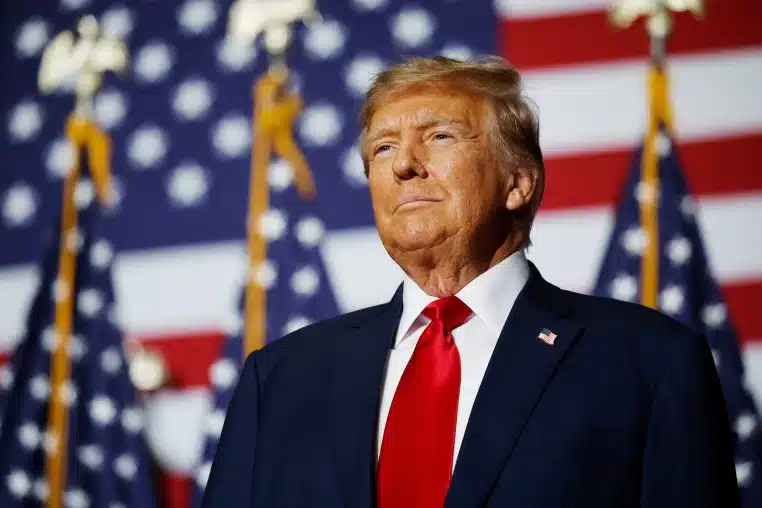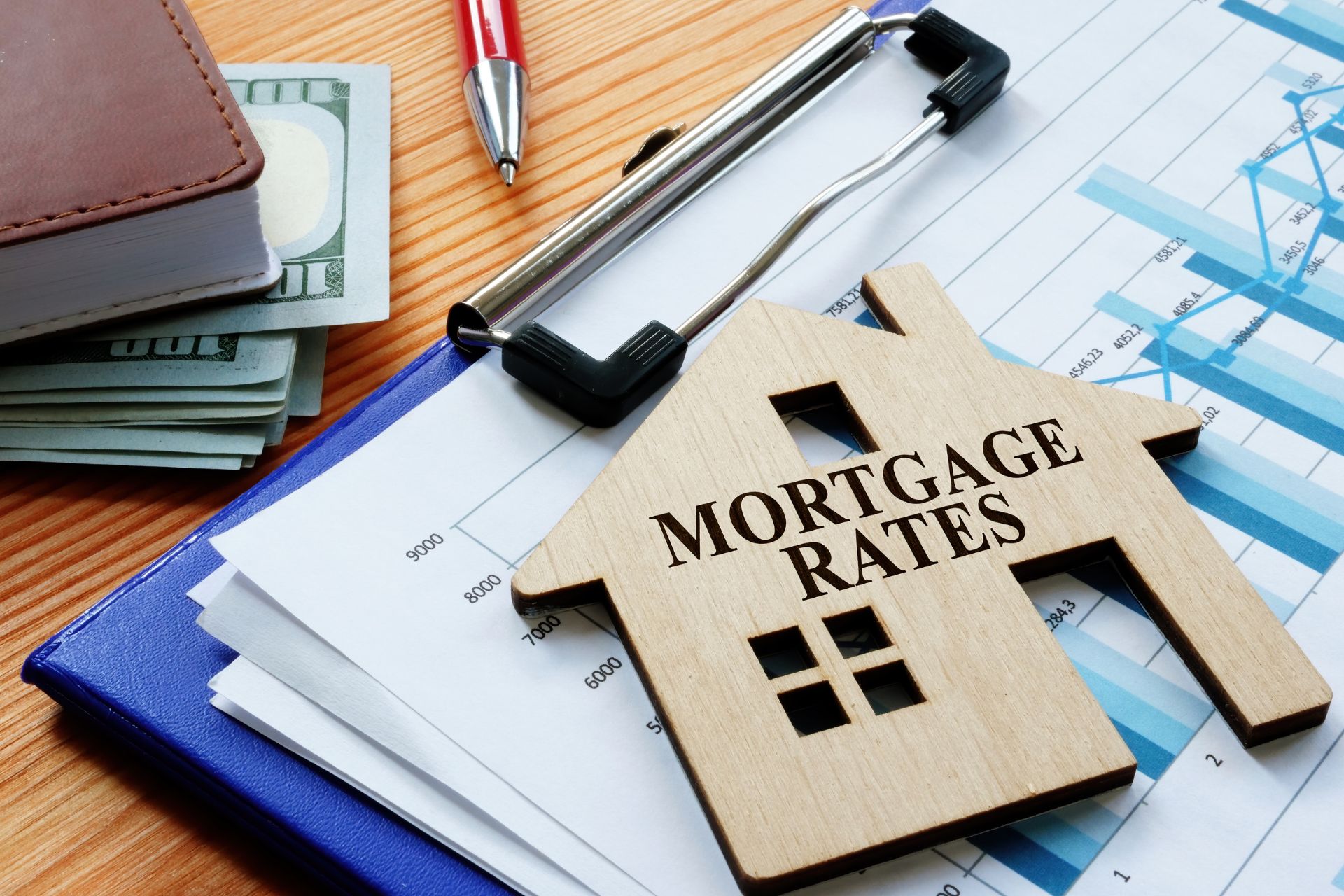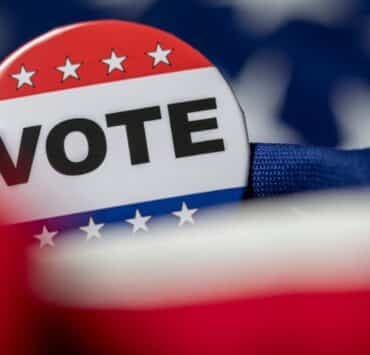The Trump presidency is back in the spotlight for financial markets, especially when it comes to how it could shake up mortgage rates. We’ve already seen rates bouncing around in response to the election and possible policy changes. With all this recent movement, it’s important for homeowners, buyers, and investors to understand how Trump’s plans might affect mortgage rates. In this article, we’ll dive into the key factors behind these changes—from tax cuts to tariffs—and how they might impact the housing market.

How the Trump Presidency Influences Mortgage Rate Volatility
Mortgage rates experienced significant movement leading up to the election, with interest rates climbing to 7.13% on November 6 before slightly lowering to around 6.92% after the election. This volatility is not unexpected, as market participants weigh the likelihood and implications of Trump’s proposed policies. According to Chen Zhao of Redfin, mortgage rate volatility may continue as investors anticipate Trump’s potential policy actions, including higher tariffs and extended tax cuts.
Key Policies Affecting Mortgage Rates Under Trump
Higher Tariffs and Inflation
One of the most impactful proposals from Trump involves increasing tariffs on goods from countries like China. Currently, tariffs stand at an average of 16% on Chinese goods, but Trump has proposed raising this to as much as 60%. This substantial increase would likely push consumer prices higher, leading to inflationary pressures. Since inflation is a key driver of higher mortgage rates, a Trump policy emphasizing tariffs could cause a long-term elevation in rates.
Tax Cuts and Government Debt
Another policy likely to affect mortgage rates is Trump’s approach to tax cuts. The Tax Cuts and Jobs Act (TCJA) expires in 2025, and under a Trump presidency, further tax reductions are anticipated. These tax cuts, aimed at providing economic stimulus, may increase government debt levels, which in turn could lead to greater Treasury issuance. Increased Treasury supply often drives interest rates up, as seen in past economic cycles.

Economic and Federal Reserve Influences on Mortgage Rates
While Trump’s proposed policies hold significant sway, other economic factors play a role in determining mortgage rates. For instance, Federal Reserve policy is a critical counterbalance, particularly in response to economic data. If economic indicators weaken, the Fed might cut rates to stabilize the economy, potentially offsetting some of the mortgage rate increases stemming from Trump’s policies. Conversely, if Trump’s tariffs prompt higher inflation, the Fed might choose to prioritize inflation control by maintaining or even increasing rates.
Additional Trump Policies and Their Impact on the Housing Market
Immigration and Construction Costs
Restricting immigration, another focus of the Trump administration, could indirectly influence housing costs by impacting labor availability in construction. The housing industry relies heavily on immigrant labor; limiting immigration could reduce workforce numbers, driving up costs for homebuilding and impacting affordability for buyers.
Potential Deregulation and Lending Standards
Trump has previously indicated an interest in scaling back regulatory bodies like the Consumer Financial Protection Bureau (CFPB), which oversees consumer lending. A reduction in oversight could ease restrictions on lending but may introduce more volatility into the mortgage market. Additionally, Trump’s inclination toward privatizing government-sponsored enterprises (GSEs) like Fannie Mae and Freddie Mac could impact mortgage rates. Privatization might lead to a reduction in government backing, potentially resulting in marginally higher rates, albeit with room for more diverse mortgage products.

The Trump presidency brings a mix of factors that are likely to impact mortgage rates, primarily through anticipated tariff hikes, extended tax cuts, and potential deregulation. These changes could keep rates elevated, especially if inflation rises in response to tariffs. As Chen Zhao notes in Redfin, the volatility in mortgage rates seen recently reflects the markets’ attempt to digest these potential shifts. Homebuyers, investors, and policymakers alike will need to stay vigilant, as the Trump administration’s economic direction could shape the mortgage landscape for years to come.
Related posts:
 Affordable Rental Provider Repays $710K to Arlington County
Affordable Rental Provider Repays $710K to Arlington County
 Northern Virginia Housing Market – March 2023
Northern Virginia Housing Market – March 2023
 Supply Skepticism: The Complex Puzzle in US Housing 2023
Supply Skepticism: The Complex Puzzle in US Housing 2023
 Mortgage Rates Drop Below 7%: A Ray of Hope for the Housing Market?
Mortgage Rates Drop Below 7%: A Ray of Hope for the Housing Market?
 Buffalo Housing Market: A 2024 Success Story of Growth and Affordability
Buffalo Housing Market: A 2024 Success Story of Growth and Affordability



